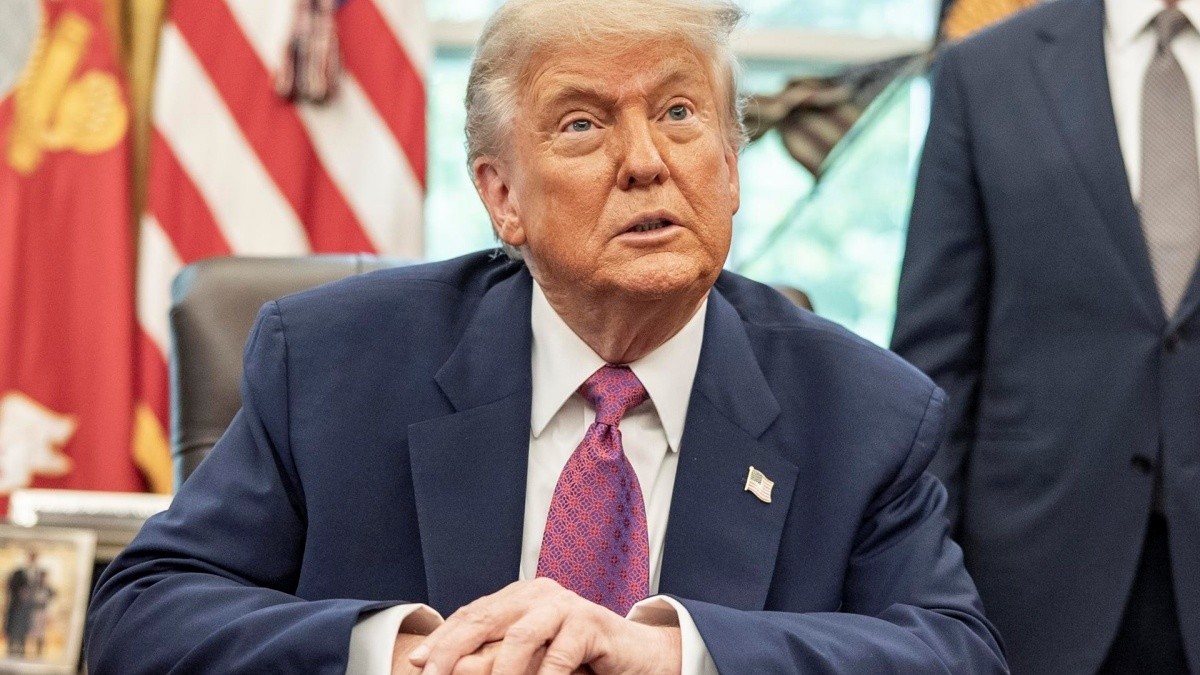President Donald Trump has proposed a bold plan to
dismantle the U.S. Department of Education
, a move that would dramatically reshape the federal government’s role in education. This initiative has sparked significant debate, with many questioning the feasibility and implications of such a change. The central question remains:
which agencies would take over the responsibilities
currently managed by the Department of Education?
According to sources, the President’s plan involves transferring the department’s duties to other federal agencies. Specifically, the
Small Business Administration (SBA)
and the
Department of Health and Human Services (HHS)
have been identified as potential recipients of these responsibilities. Education Secretary Linda McMahon confirmed these potential transfers during a meeting with Senator Elizabeth Warren, highlighting the administration’s intent to redistribute educational functions.
However, there are significant
legal obstacles
to this plan. Despite President Trump’s request to the Supreme Court to dismantle the department, Secretary McMahon has acknowledged that she lacks the legal authority to dissolve the agency or transfer its functions. For the Department of Education to be legally dismantled, Congress would need to pass legislation. Senator Warren emphasized that McMahon was “inequivocal” in stating that this task falls to Congress.
Further complicating matters, a U.S. District Judge, Myong Joun, ruled that the administration must cease efforts to dismantle the department and reinstate any employees who were dismissed. This ruling underscores the importance of the
system of checks and balances
within the U.S. government, highlighting the legal and procedural hurdles that must be overcome to implement such a significant change.
The Department of Education currently oversees a substantial amount of funding and programs, including $1.6 trillion in student loans and the administration of Pell Grants. In the 2022-2023 academic year, these grants benefited over 6 million college students, primarily from low-income families. If the department’s functions were transferred, the management of these massive loan and grant programs would be redistributed among the receiving agencies, potentially altering how they are administered and regulated.
Secretary McMahon has mentioned potential cuts to Pell Grants due to “budgetary concerns,” but she reiterated that the final decision on funding lies with Congress. This highlights the ongoing debate over the future of federal education funding and the potential impact on students and families who rely on these programs.
The proposal to dismantle the Department of Education raises numerous questions about the future of federal education policy. While the administration’s intentions are clear, the path to achieving this goal is fraught with legal and political challenges. The outcome of this proposal will have significant implications for the management and regulation of education in the United States.







